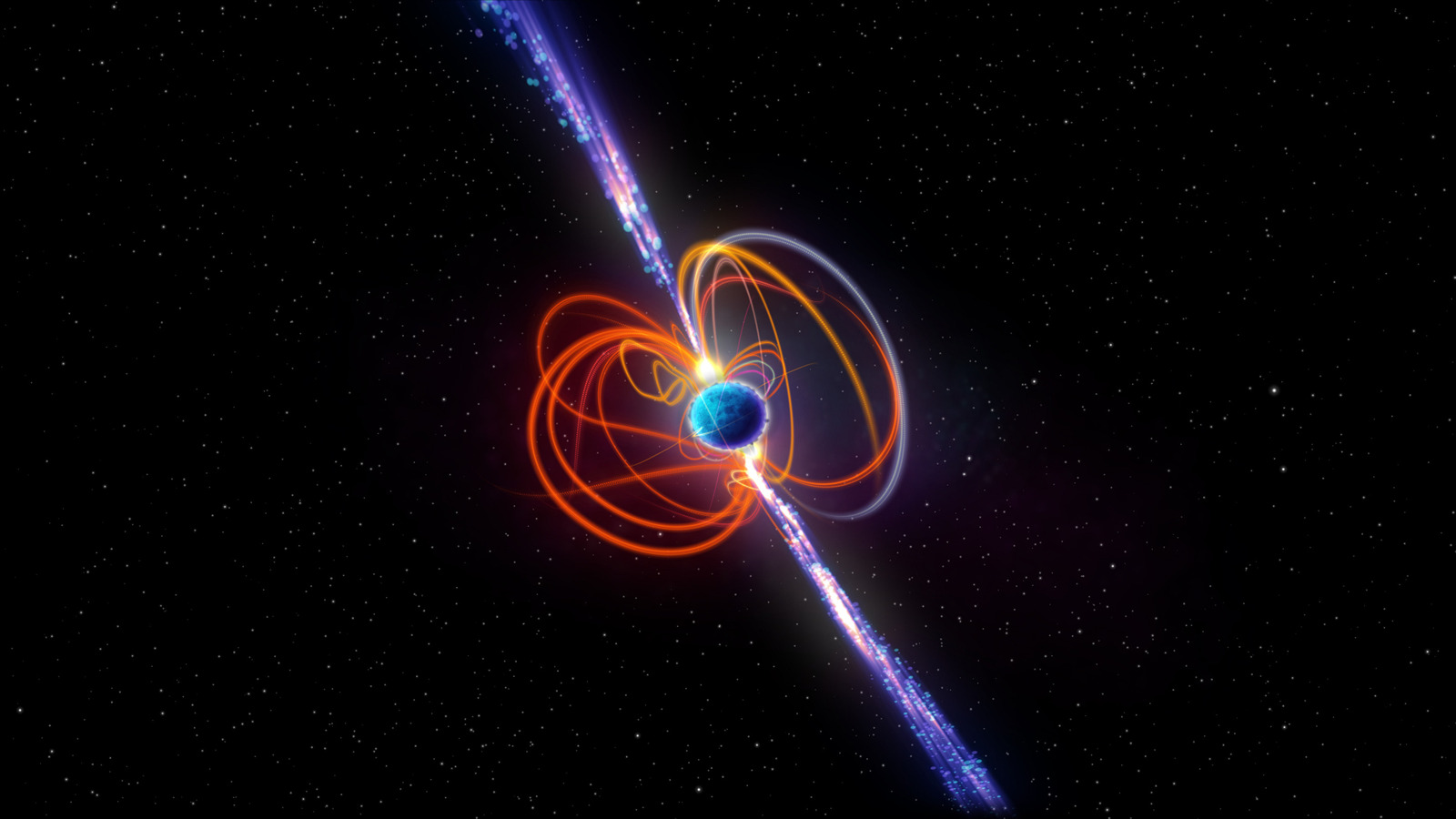
The object, called GPM J1839−10, is located extremely far away, at a distance of 15,000 light-years. Not only is its pulse period of 22 minutes a puzzle but scientists are also perplexed by how it could be producing radio waves at all.
That’s because only some magnetars produce radio waves. Others don’t have a strong enough magnetic field to produce high-energy radio waves, and they fall below a threshold called the “death line.” The recently discovered object is spinning relatively slowly, so it shouldn’t be able to produce radio waves at all — and yet it is.
“And we’re not just talking about a little blip of radio emission. Every 22 minutes, it emits a five-minute pulse of radio wavelength energy, and it’s been doing that for at least 33 years,” Hurley-Walker said. “Whatever mechanism is behind this is extraordinary.”
Because there are so many open questions about this object, the researchers think that studying it could help us learn more about the physics of magnetars and how they form and evolve. The team is looking for more of these strange objects to find out more about them and to try to work out whether they are really magnetars with an unusually long period.
“This remarkable object challenges our understanding of neutron stars and magnetars, which are some of the most exotic and extreme objects in the Universe,” Hurley-Walker said.
Stay connected with us on social media platform for instant update click here to join our Twitter, & Facebook
We are now on Telegram. Click here to join our channel (@TechiUpdate) and stay updated with the latest Technology headlines.
For all the latest Technology News Click Here
